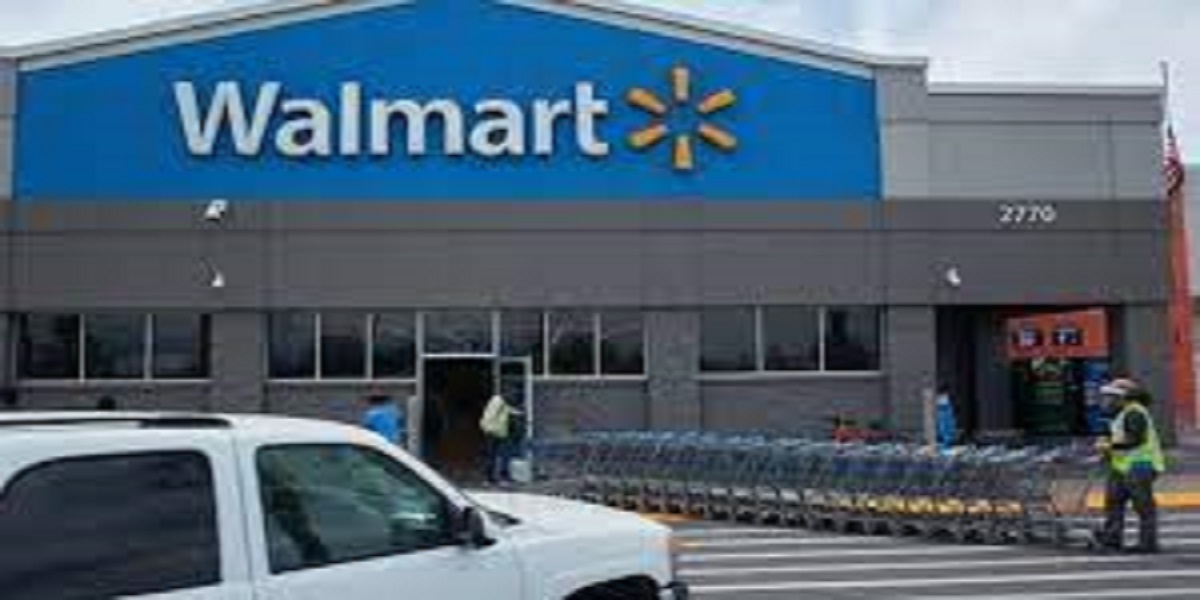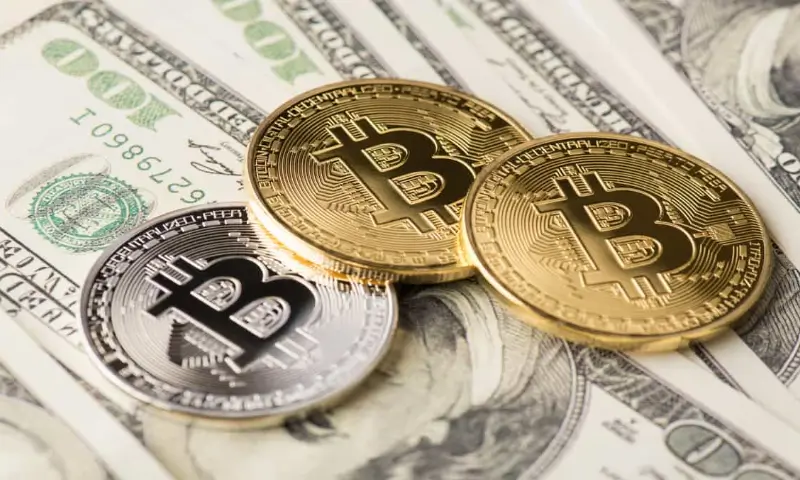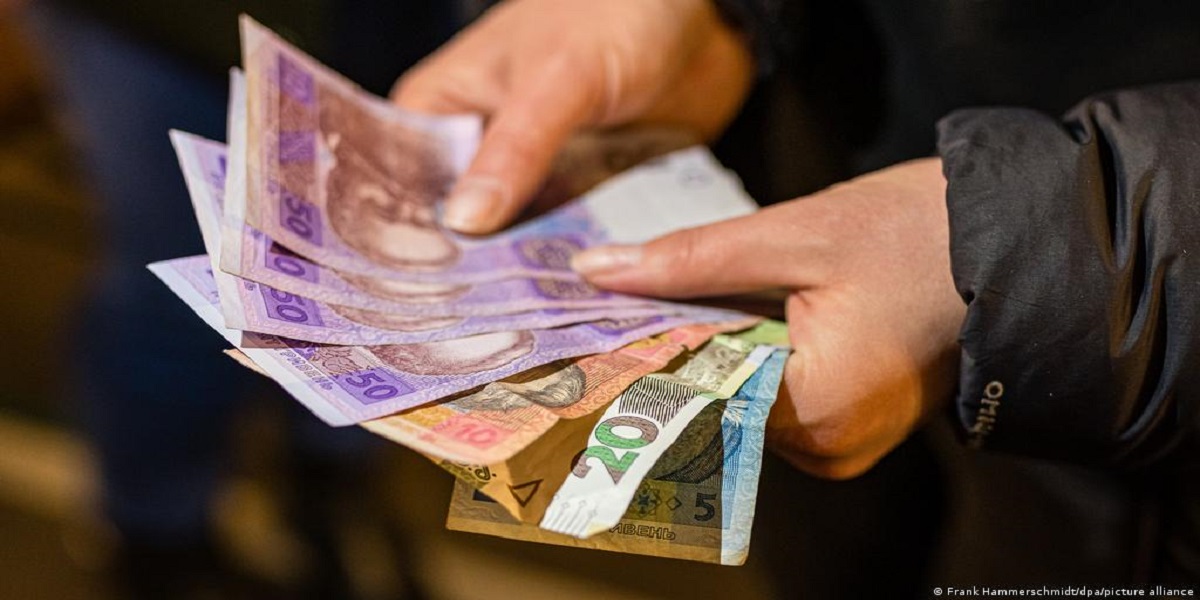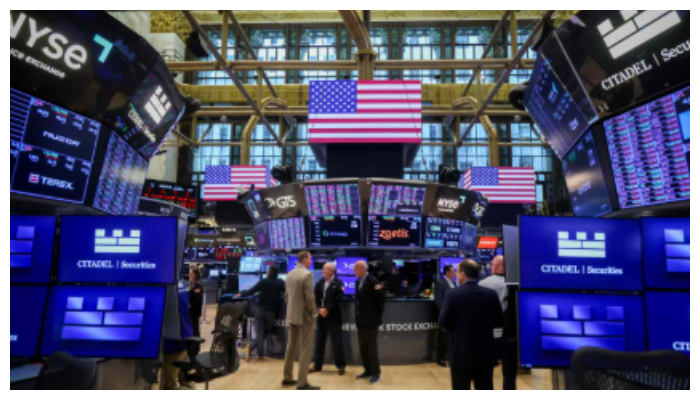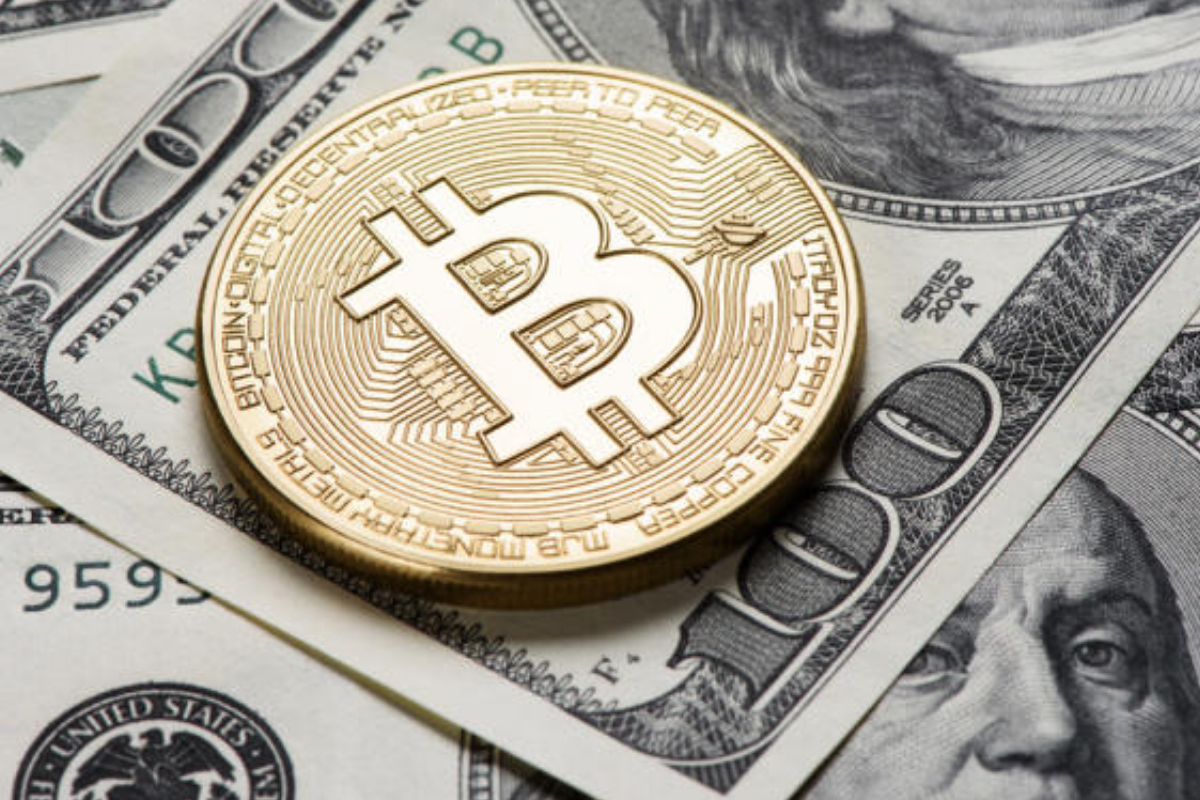Walmart on Tuesday announced quarterly profit that missed Wall Street’s assumptions by a landslide, as the country’s biggest retailer felt tension from rising fuel costs and more elevated levels of stock.
Portion of the organization contacted a 52-week low on Tuesday. They shut at $131.35, down 11.38%.
Walmart is a much-watched organization as financial backers and market analysts search for pieces of information about how the American buyer is enduring expansion.
The discounter’s main concern results for the quarter “were startling and mirror the strange climate,” CEO Doug McMillon said in a delivery Tuesday morning. Expansion in the U.S. is at an almost four-decade high.
The customer cost file, a wide proportion of costs for labor and products, expanded 8.3% in April contrasted and a year prior, as per the Bureau of Labor Statistics.
The huge leap in fuel costs, raised work costs and forceful stock levels burdened the organization, Chief Financial Officer Brett Biggs told CNBC in a meeting.
He said some product showed up after the expected time and different things, like barbecues, plants and pool synthetic compounds, didn’t sell due to “unexpectedly cool climate in the U.S.”
Furthermore, he said, Walmart representatives got back from Covid leave speedier than anticipated and made the organization become staff heavy during part of the quarter. He said those planning difficulties have been settled.
The organization raised its viewpoint for deals this year, saying it anticipates that net deals should increment around 4% in consistent money for the entire year. It recently expected a 3% increment.
Yet, Walmart additionally brought down benefit assumptions. Income per share for the year will diminish by around 1% contrasted and the mid-single-digit increment it recently expected, the organization anticipated.
This is the very thing that Walmart revealed for its most memorable quarter finished April 30, contrasted and Refinitiv agreement gauges:
Profit per share: $1.30 changed versus $1.48 anticipated.
Income: $141.57 billion announced versus $138.94 billion anticipated.
Walmart’s overall gain for the quarter tumbled to $2.05 billion, or 74 pennies for every offer, contrasted and $2.73 billion, or 97 pennies for each offer a year prior.
The organization’s changed profit were $1.30 per share, 18 pennies for each offer not as much as what monetary investigators expected, as per monetary market information supplier Refinitiv.
Walmart’s changed income reject gains and misfortunes on organization value speculations, as well as the gradual misfortune from its offer of U.K. also, Japan tasks during the primary quarter of the past monetary year.
Absolute income rose to $141.57 billion from $138.31 billion a year sooner, above Wall Street’s assumptions for $138.94 billion.
Same-store deals for Walmart U.S. became 3% contrasted and the year-prior period or 9% on a two-year premise. Online business deals rose 1% or 38% on a two-year premise.
Walmart-possessed stockroom club, Sam’s Club, saw same-store deals increment 10.2% year more than year or 17.4% on a two-year premise.
Basic food item, Walmart’s top deals class, is one of the organization’s hard-hit classifications. Food costs rose 9.4% in April on a year premise, as indicated by unadjusted information from the BLS.
As customers search for esteem, Walmart is acquiring portion of the overall industry in basic food item, Biggs said in a meeting with CNBC.
Notwithstanding, that has included some significant pitfalls. Deals of food are constraining benefits, since the retailer is selling all the more low-edge things like eggs and bread and less higher-edge stock like attire and hardware.
Raised stock levels and higher production network costs whittled down Walmart’s income, as well, McMillon said on a profit call.
Stock expanded around 33% as the retailer made forceful purchases to advance beyond expansion and ensure things remained in stock. Some product likewise showed up after the expected time or waited in distribution centers, particularly occasional things like arranging supplies as spring weather conditions was cold and blustery in a large part of the country.
To work on the blend of product, McMillon said the organization moved forward the quantity of rollbacks, or cost markdowns, on attire in the primary quarter.
McMillon and Biggs said on the profit call that they anticipate that Walmart should sell through the higher stock levels in the approaching quarters, especially as warm weather conditions shows up and motivates customers to jump on deck furniture and new outfits.
Biggs let CNBC know that the subsequent quarter is “looking great so far according to a deals viewpoint.”
Alongside the drop overall product deals, Walmart is seeing different signs a few families feel financial plan lashed. The typical ticket for clients in the U.S. rose 3% because of expansion, however the quantity of things in containers has fallen, McMillon said on the profit call.
Deals of half-gallons of milk and Walmart’s private kind of shop meat have hopped, Biggs told CNBC.
The discounter is attempting to find some kind of harmony between keeping costs low, while not neglecting benefits further, McMillon told experts on the income call.
“Value administration is particularly significant at the present time and one-quit shopping turns out to be something beyond comfort when individuals are paying more than $4 a gallon for fuel,” he said.
McMillon said Walmart particularly focuses on “opening price tag food things” that low-pay families should purchase to take care of their families, like portions of bread, gallons of milk, jars of fish, and macintosh and cheddar.
“Considering that improvement checks happened last year, there was an advantage to a portion of those people that is disintegrating additional time and as we take a gander at the remainder of the year, that is something at the forefront of our thoughts,” he said.
Portions of Walmart shut Monday at $148.21. The stock has ascended around 2.5% up to this point this year, outflanking the more extensive market as financial backers search out customer staples among monetary vulnerability. The organization’s market cap is almost $408 billion.

